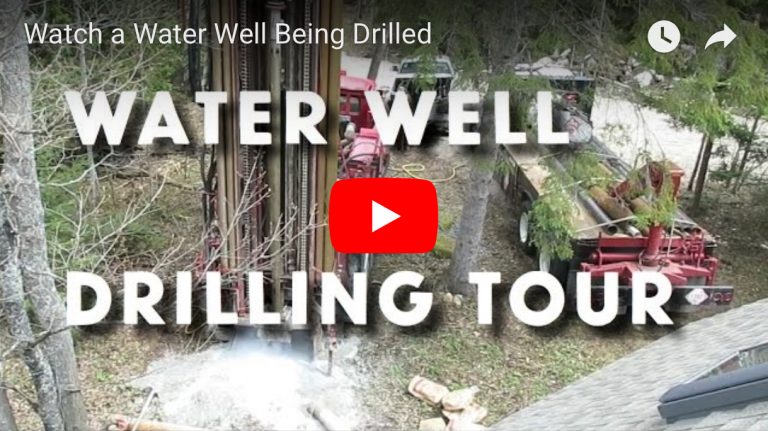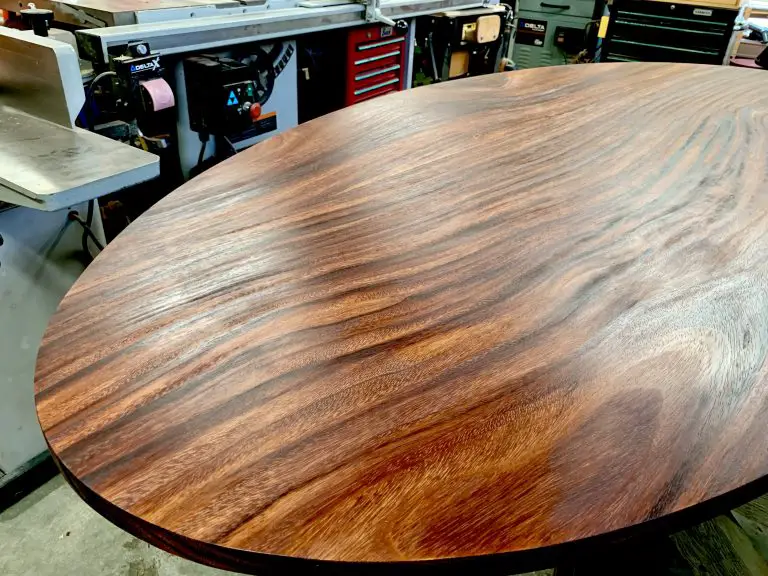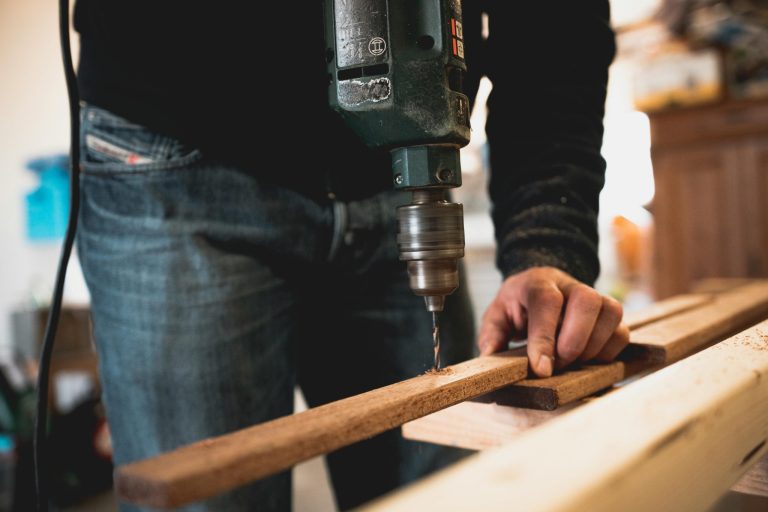- Video Watch Time = 18 minutes
If you’re interested in reducing the cost of owning a vehicle, then learning to do basic paint repairs and autobody work in your driveway can help you keep your wheels looking respectable at minimal cost. I’ve found that well-engineered vehicles average only about $100 per month in repairs over the long haul, as I’ve learned keeping track of costs over the years with my 1990 F-150 and 2004 Toyota Sienna. There are three little-known tricks I find essential for getting professional-quality autobody repairs in your driveway. There’s more to the job than what I have room for here, but these tricks are essential and often overlooked.
Sandable Primer is Key
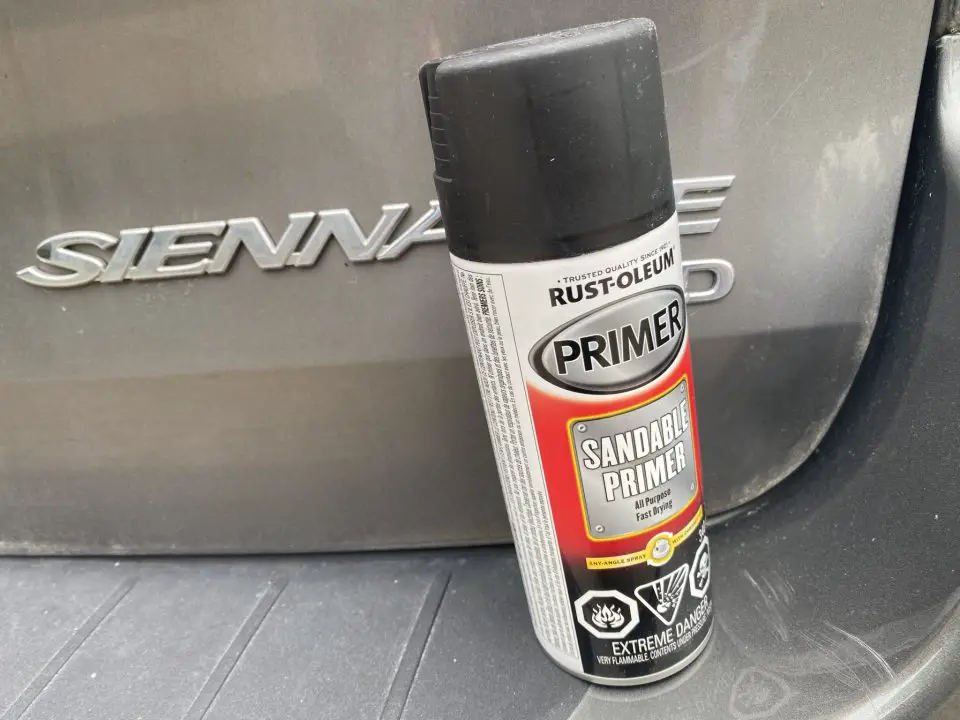
Primer of some kind is essential for getting new paint to stick to areas that have been repaired and sanded, but not all automotive primer is the same. I find it vital to use something called “sandable” primer.
This comes in a spray can and is thicker than regular metal primer, and it’s made to be smoothed with wet/dry sandpaper lubricated with water. Sandable primer is made to fill tiny flaws and builds on the surface. It functions like very thin auto body compound and usually requires multiple cycles: spray on primer and let it dry completely; wet-sand the area with 400-grit paper and water; let the surface dry completely, then repeat the spraying and sanding process. You know you’re done when the repaired and primed areas feel no different than the surrounding area when your fingers run over the surface.
Choosing Colour-Matched Paint

Every vehicle has a paint colour code on a sticker somewhere, and in most cases this is found on the driver’s side door opening. This code is essential for getting the right colour of spray paint to match your vehicle, but not all auto paint brands are created equal. I’ve tried different brands over the years, but the best so far is Dupli-Colour. I buy mine from Canadian Tire. The colour match is better than other brands I’ve tried, and most importantly the colour remains consistent over time. I bought some expensive touchup paint online once, and though it looked fine at first, after a year it started to go yellowish.
Sand and Buff the Top Coat
This is absolutely key if you’re repainting a particular area and need to seamlessly match it with surrounding paint. Modern vehicles have a two-part paint layer. There’s the paint itself, but there’s also a clear coat applied on top in a separate step for protection and gloss. You can do everything else right, but if you simply apply a clear coat and leave it at that, your repair won’t be A+. To blend the repair flawlessly with the surrounding paint, you need to do two things.
The same wet sanding process you used to prepare the primer is also an essential step when optimizing the clear coat, but with progressively finer sandpaper. Start gently with 400-grit wet/dry paper and water, then switch to 800-, 1000-, then 2000-grit. This will result in a white slurry on the surface, and you’ll get best results with lots of water. When you’re done, the surface will feel very smooth, but when it dries it will be dull. That’s where the final step comes in.
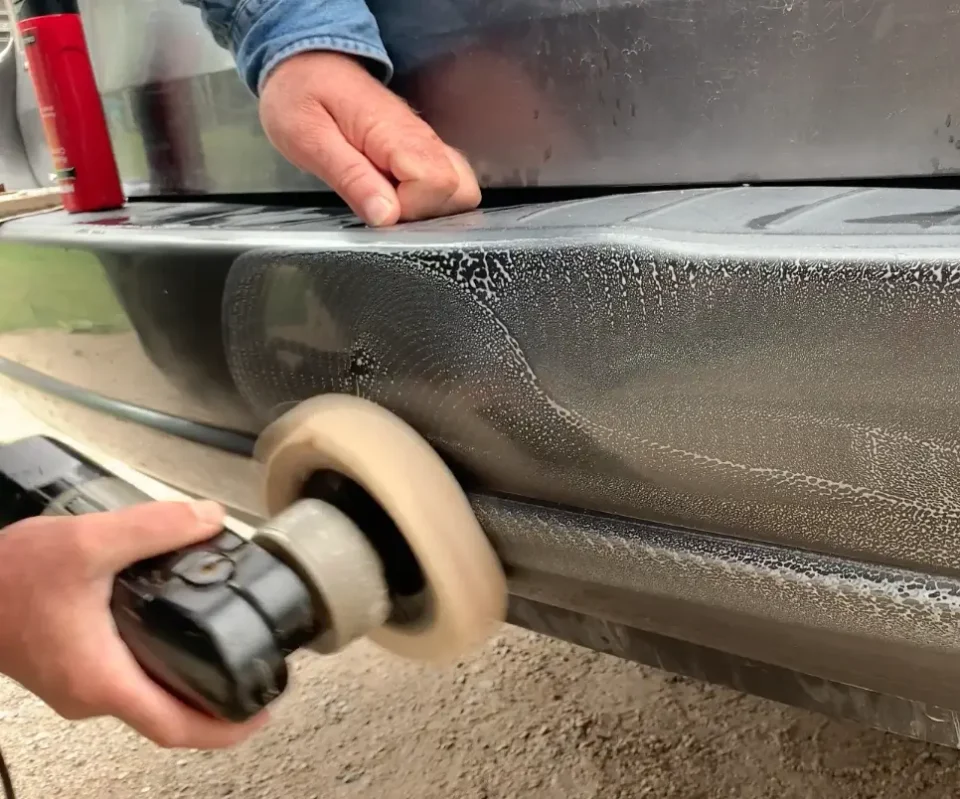
Power buffing is the only way to create a new-car look on your repair, and for this I use my favourite random orbit wood sander fitted with a sponge pad. Wet the surface, then squirt autobody rubbing compound on the pad. Place the pad on the vehicle, switch ON, then slowly move the pad over and around the repair zone. Don’t worry about venturing onto the surrounding unprepared area. Buff like this for five minutes or so, wash the compound off, then let it dry. Is the area the same shininess as the rest of the vehicle? If so, you’re done. But if the repair remains duller than it should, do more buffing, perhaps with a finer grade of liquid autobody rubbing compound. The video below shows buffing in action as part of “stage #2” of an autobody repair job.
Every skill requires practice, but I know from decades of experience that driveway autobody repairs can look perfect (or nearly so).







